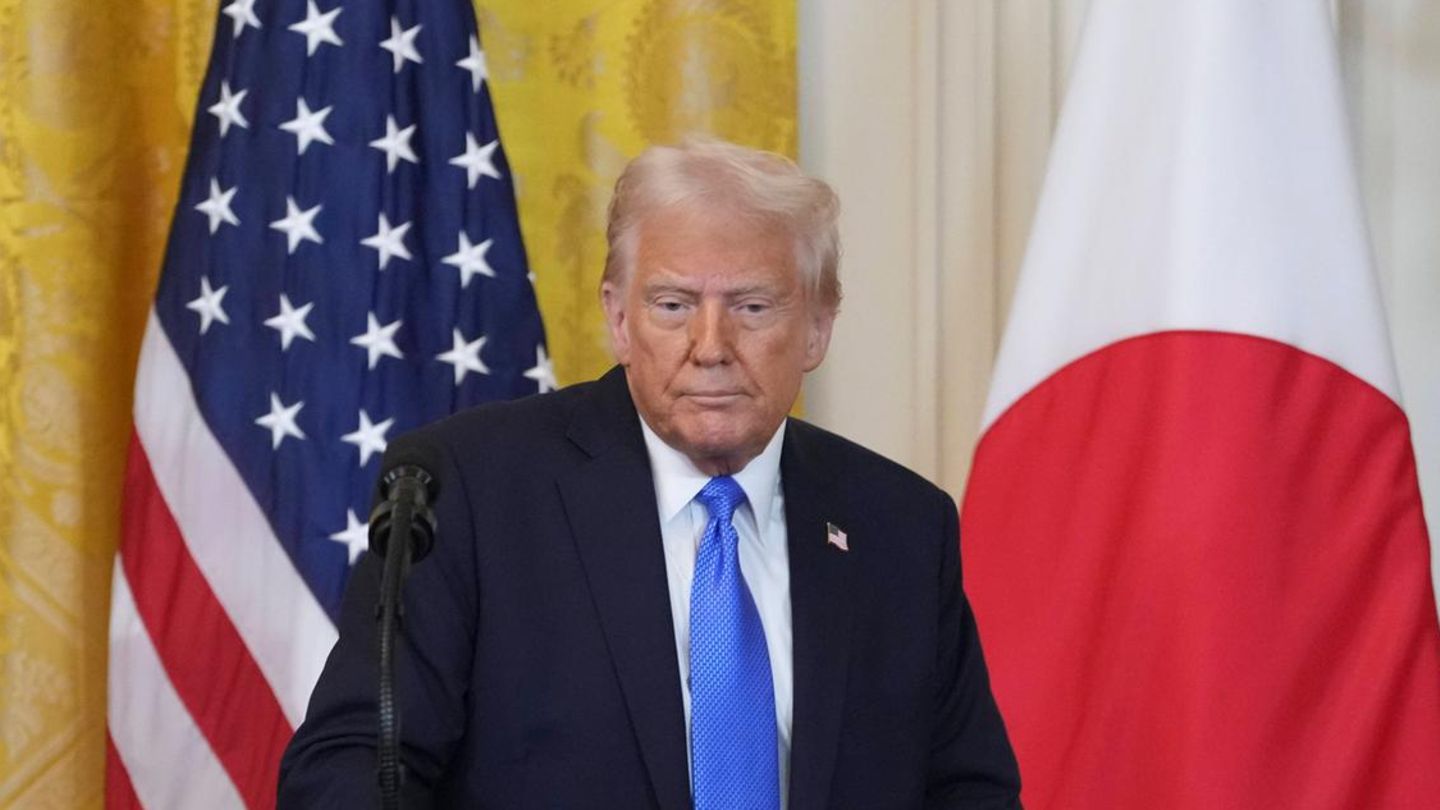“In this way, the issuance goal for the second quarter with the IMF was exceeded by 264%,” said economist Salvador Vitelli. The payment was made with US$1.6 billion in SDRs and another US$1.1 billion in yuan.
Since the DEGs are the property of the Central Bank, the Treasury had to “buy” them and for that, as with the yuan, it had to receive a “Transitory Advance” from the BCRA itself, which it did through a monetary issue.
Vitelli estimated that, as a result, the monetary issue guideline for the second quarter of 2023 was exceeded by approximately $1 trillion.
In this sense, the market is concerned about the deviation from the fiscal deficit and reserve accumulation target, which forces the renegotiation of the program with the IMF after the impact caused by the drought.
According to the CMF consultancy, the transfer to the Treasury “confirms 264% of the BCRA’s non-compliance with the goal of monetary financing to the Treasury. If indirect financing is added to this, the level of non-compliance would be much higher; the The agency was explicit when communicating that the purchase of bonds in the secondary market and the use of reserves to support the financial exchange rate should be stopped, but apparently their requests were not listened to”.
The national government formalized the debt increase for about 60 million dollars of Treasury Bills that it had issued throughout the year.
The national government formalized the debt increase for about 60 million dollars of Treasury Bills that it had issued throughout the year.
How is the expiration calendar until the end of the year?
In the last few hours, the Ministry of the Economy reported that the July maturities, which add up to another US$2.7 billion, will be unified by the end of the year.
During this time, the Government will finally seek to close the new agreement, but, given the persistent differences, the possibility of not being achieved is on the horizon.
After the July maturities, the payment schedule establishes US$751 million in August, US$913 in September and US$2,622 in October; to close the year, with the newly elected president, with US$666 in November and US$913 in December.
The calendar is extremely demanding and could place Argentina in an extremely delicate situation in the event of pressure on the exchange rate due to electoral uncertainty.
For some weeks now, and contrary to the disagreements with the IMF, the foreign exchange market has offered relative stability with the informal dollar fluctuating in the area of $492/$495, but, as has been seen on other occasions, the weather may change unexpectedly. .
Source: Ambito




